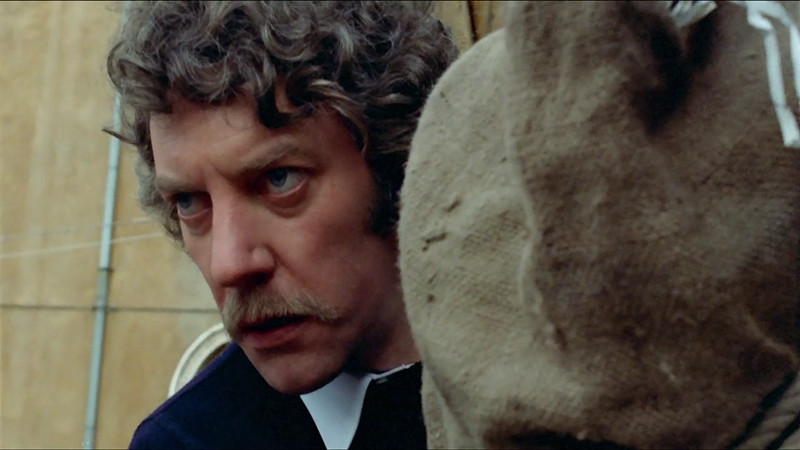
Horror is most successful when the fears of the main characters reflect those of the film’s audience. Through horror films one is able to face their biggest fear by proxy. The emotional payoff of what feels like free therapy allows the audience a chance to understand themselves through film.
Below are horror films that are sure to trigger an emotional reaction.
1. Don’t Look Now (1973, Nicolas Roeg)
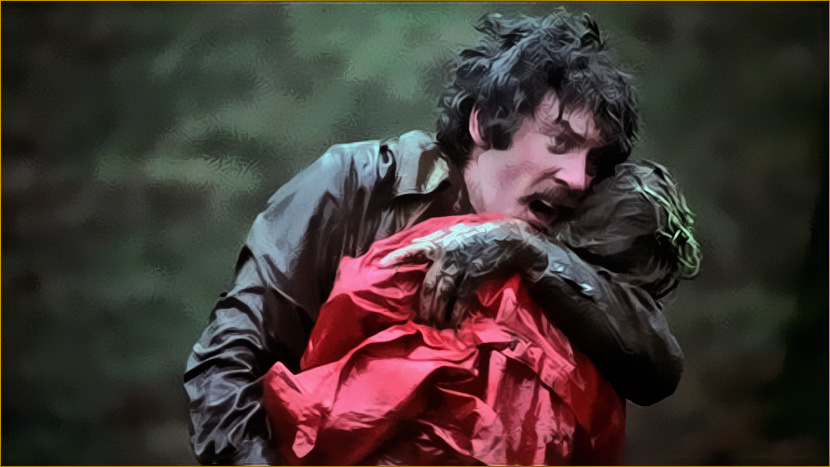
The first five minutes of Don’t Look Now are arguably its most terrifying. The film’s opening sequence masterfully utilizes the craftsmanship of editor Graeme Clifford to set the stage for one of the most emotional horror movies of all time. This opening sets the stage for John and Laura Baxter (Donald Sutherland and Julie Christie) as they try to restart their life in Venice, following the death of their daughter. They try to carry on but it is clear that grief has dominated their life. They look to their work for distractions, often avoiding the topic of their recent loss. One afternoon the couple encounter a psychic that claims their daughter’s spirit is with them in the room. Disturbed by the eerie intrusion of privacy, the Baxters dismiss the woman’s claims, only to set off a series of unexplainable events.
Nicolas Roeg tells this story in a way that plays with your heart as much as it plays with your head. Together Roeg and Clifford create visual distractions that leave the audience disoriented in the search for answers, leaving the viewer subject to the same frustrations as the Baxters. Through its impeccable attention to detail Don’t Look Now acknowledges the neverending presence of grief. The film’s use of the occult is used as a device to understand not only The Baxters’ grief, but grief itself. The film decodes the imperfections of the grieving process, likening the incomprehensible feeling of loss to unfathomable understanding of the spirit world.
2. Possession (1981, Andrzej Zulawski)
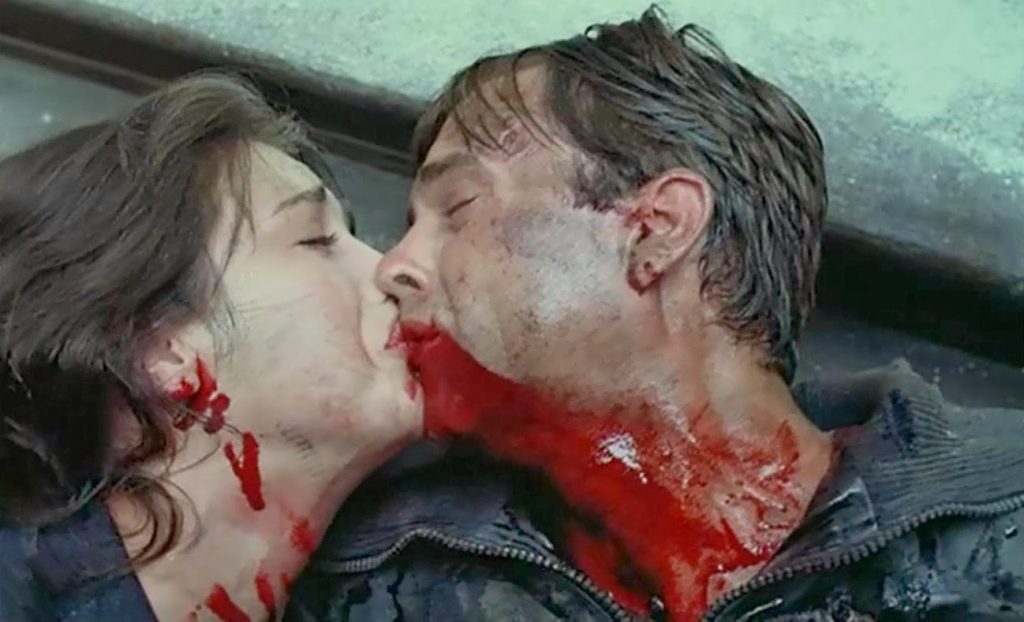
Possession is a film that is as hard to explain as it is to find. Written and directed by Andrzej Zulawski during a gut wrenching divorce, Possession loosely parallels the dissolve of his own marriage. The film follows a couple, Mark and Anna (Sam Neil and Isabelle Adjani) as Anna decides to abruptly end their marriage. The call for divorce drives Mark into an emotional frenzy, leaving him inconsolable for days. As he tries to make sense of this sudden news, he is met with bizarrely uncharacteristic behaviors from his once loving wife. The more Mark looks for answers he finds more than he had bargained for. The film is full of surprises at every turn, leaving the viewer in a constant state of shock.
Possession functions purely as an emotional piece. The film is not without a strong narrative, but it feels that the story comes second. The focus of the film is the effect of the events on the characters, rather than the events themselves. Possession is complete with guttural screams of catharsis from that last minutes, often spiraling into scenes of seemingly choreographed writhing. It is a film that is felt before it is understood. Possession is a deeply personal film that remains a staple in emotional horror.
3. Let The Right One In (2008, Tomas Alfredson)
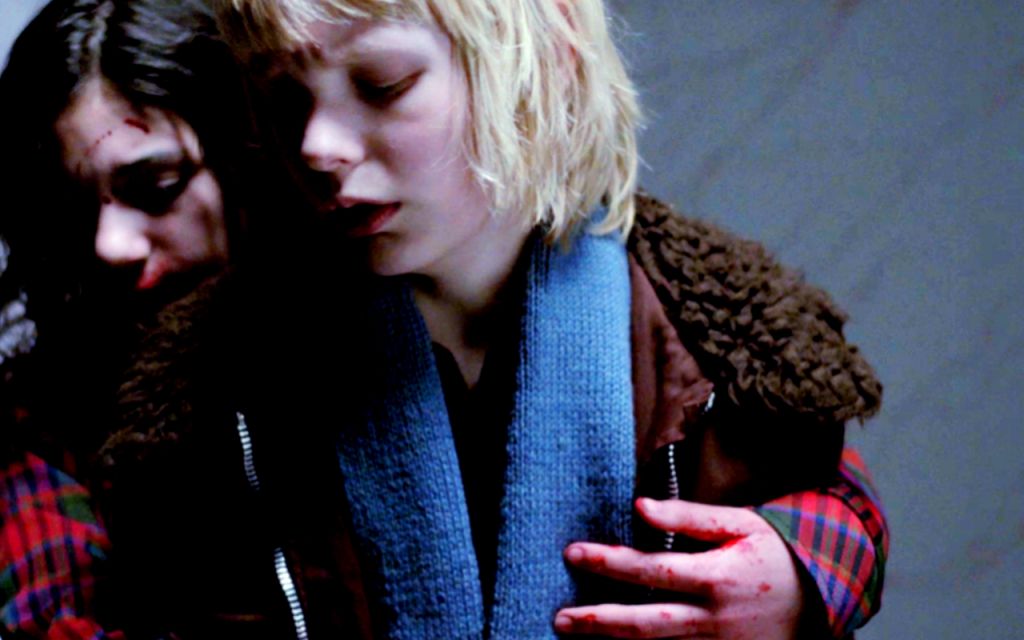
Let The Right One In observes the life of Oskar, a meek and misunderstood twelve year old boy. Oskar is lonely. He is an outcast in school and often an afterthought at home. His luck turns around when he meets Eli, a young girl that lives in his building. While their relationship is rocky at first, their friendship solidifies when she reveals her true identity as a vampire.
As Oskar and Eli’s loneliness is quelled, they are forced to reveal their deepest selves as they both learn to survive in the world around them. The pair quickly become inseparable, but as they become more intimate, they are met with the consequences of eternal life. The shame of being different, a feeling Oskar is well aware plagues Eli. The affinity for each other’s flaws that once brought them together is now the catalyst for the ebbs and flow of their partnership.
The film explores the development of true love, and how the truest love requires sacrifice. Let The Right One In emphasizes the moral ambiguities we are willing to endure to protect those we love. Eli and Oskar’s relationship, as well as the relationships of those around them, remind the audience of the importance of companionship, even when it isn’t perfect.
4. Safe (1995, Todd Haynes)

Todd Haynes’ Safe exists in a classification of its own. The film presents itself as a domestic drama, only to reveal itself as a medical horror with the urgency of Contagion.The film focuses on Carol (Julianne Moore) a young woman, who despite living a luxurious lifestyle, is void of purpose. Carol’s presence is barely acknowledged, her husband is cold and dismissive and the women in her jazzercise class don’t even know her name.
The monotony of Carol’s life is quickly uprooted as she becomes rapidly ill, feeling generally unwell without any discernible symptoms. As her unexplained illness progresses throughout the film, she visits multiple doctors, looking for answers, only to once again be paid little attention. Carol’s attempts to understand her illness lead her to reclaim her life while she slowly descends into hysteria.
Often said to be an allegory of the AIDS crisis, Safe offers a nuanced look at the horrors of invisible illnesses and the emotional burdens that accompany them. The film is frequently uncomfortable and frustrating, but Safe’s distressing depictions of sickness provide the audience empathy with Carol’s struggle. Haynes’ use of anxiety and suspense enhance his ability to use Carol’s story to break the stigma surrounding illness and the ill.
5. Altered States (1980, Ken Russell)
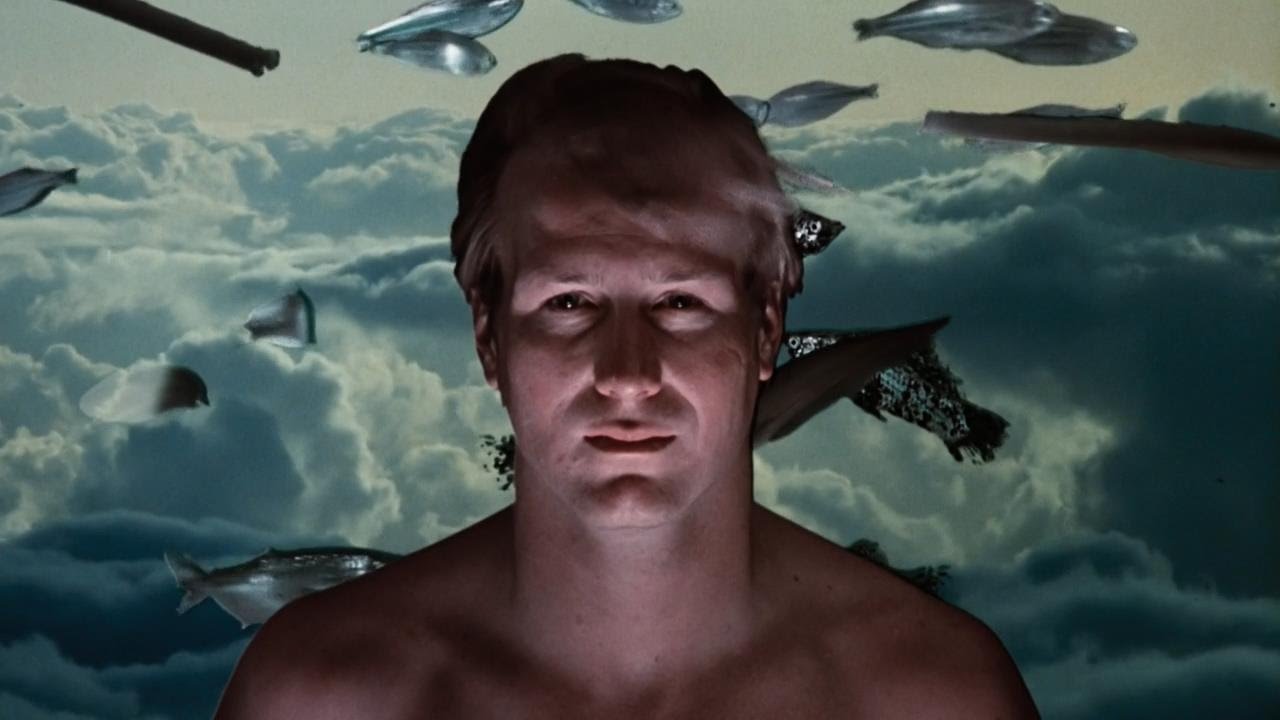
Ken Russel’s sci-fi horror film Altered States is a psychedelic peek into the barriers of the human mind, often blurring the lines of reality in the blink of an eye. In one of his earliest roles, William Hurt plays Edward Jessup, a scientist studying schizophrenia and its relation to altered states of consciousness. He uses various sensory deprivation devices to try and mimic these unknown states. Fostering some success, Jessup continues the experiments years later with the help of hallucinatory drugs to facilitate the altered consciousness. The experiments become increasingly dangerous, altering his body and his mind until he becomes nearly unrecognizable.
Between Russel’s fascination with the abstract and screenwriter Paddy Chayefsky’s attraction to the philosophical, Altered States manages to confront humankind’s primordial past with certainty. The film’s emotional power is in its willingness to confront the human form and to question humanity at the fringe of the unknown. It is a question without an answer that leaves the viewer probing at the boundaries of their own consciousness. As the film approaches its apex of horror, we also see the film at its most vulnerable, condemning the harmony between mind and body. Altered States is a film that dissects humankind’s relationship with itself, resulting in an emotional encounter with man’s most primitive manifestations.